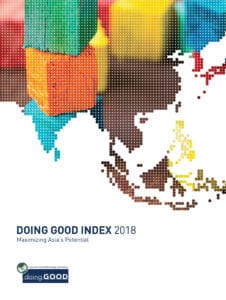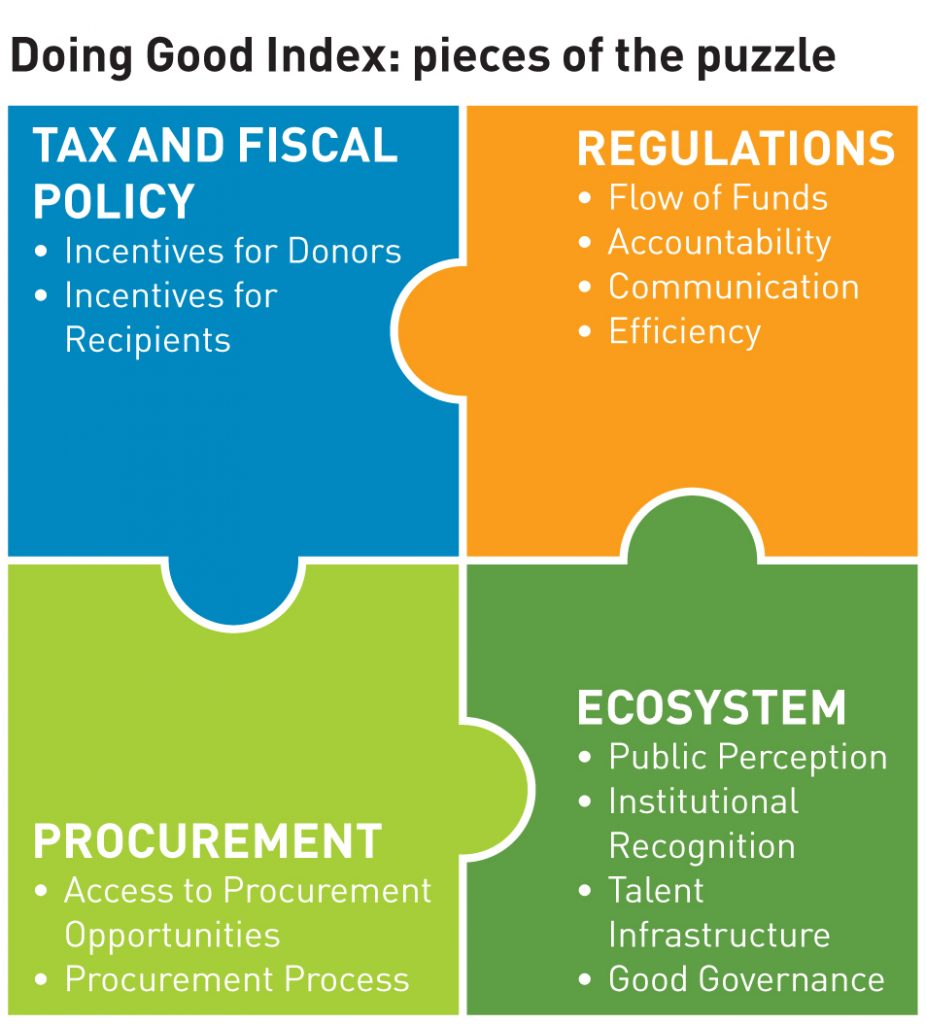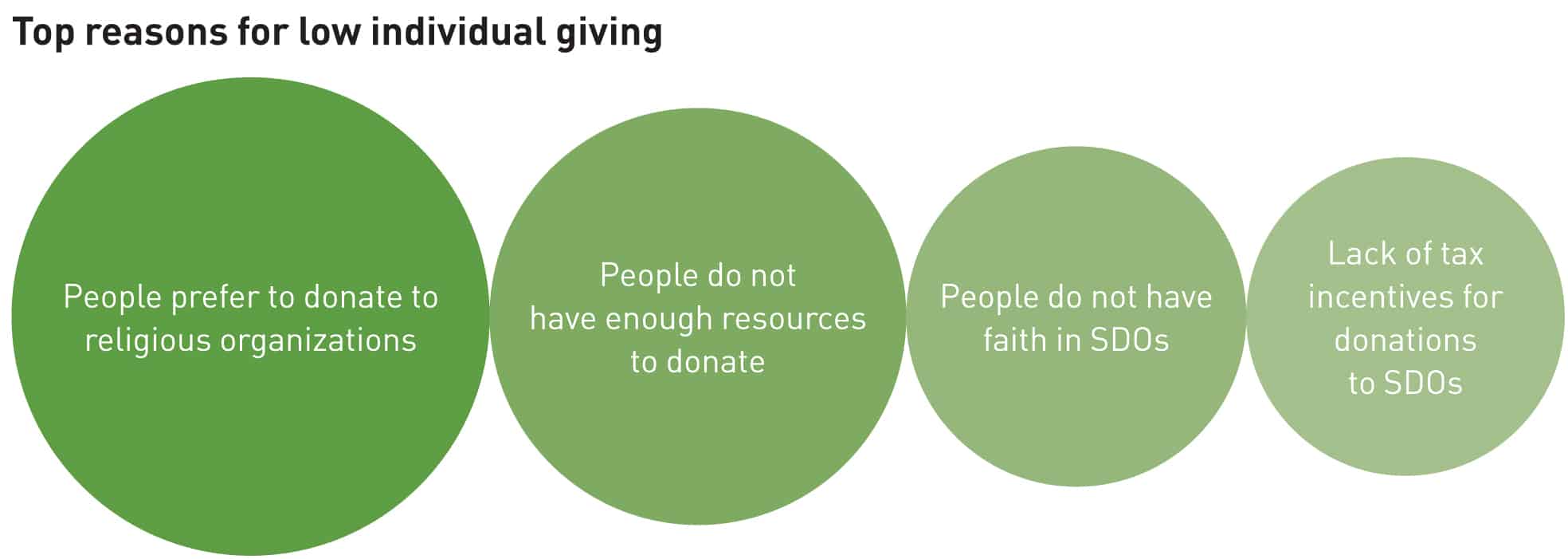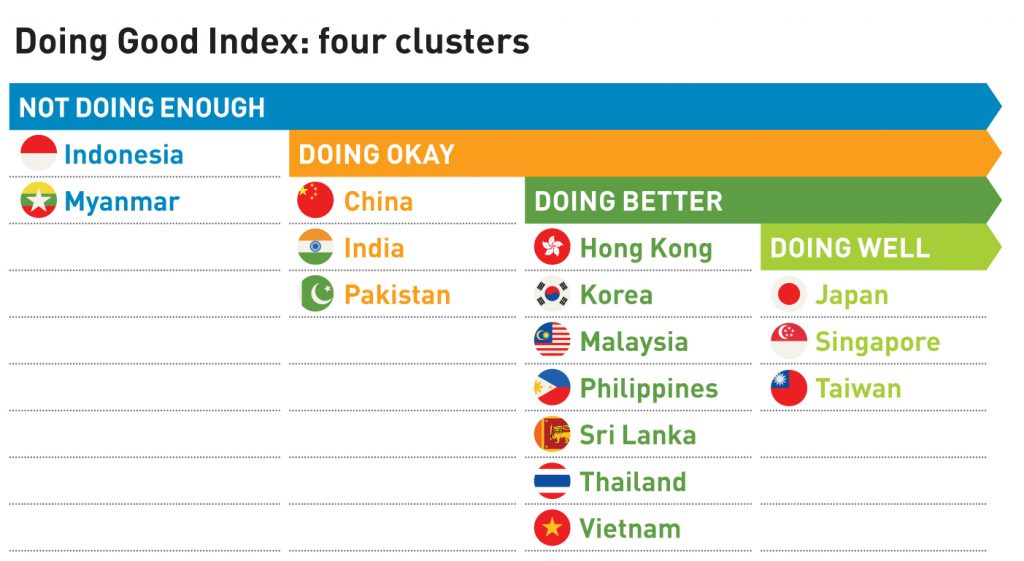4 min read
Summary Points:
- CAPS shares 4 important dichotomies affecting Asia and its social sector.
- As Asian economies become more enthusiastic in giving, strategic policies and incentives matter.
- To ensure Asia becomes a global philanthropic leader, the social sector in Asia needs to be studied more rigorously.

We did this study after understanding several important dichotomies affecting Asia and its social sector:
- There is enormous wealth being created in Asia but there is also still incredible and at times tragic need.
- While there is a long history of charity in Asia, philanthropy—or the systematic approach to doing good—is relatively new.
- While many on the ground are carrying out extraordinary efforts to help relieve suffering and need, there is a debilitating lack of trust toward the sector.
- Many Asia governments realize that philanthropy is growing and are reacting by crafting new policies and regulations that both encourage and control its flow.
Our participants (around 1600 organizations and 80 experts across 15 economies) answered questions about a range of factors that influence philanthropic capital. The questions fell into four categories – regulations, tax and fiscal policies, procurement and ecosystem. The first three are government-driven, while ecosystem looks at the role that people, communities, companies, and universities are playing in addressing social challenges and nurturing the social sector.
Insight #1: We find that people are out ahead of government
Asian economies generally score higher in ecosystem than the other three categories. Society is rewarding philanthropists and organizations in the social sector. Public recognition and awards are becoming more prevalent in the economies we studied. Many people are volunteering both through their companies and on their own, some are serving on nonprofit boards, and universities are offering classes in philanthropy and nonprofit management.
Insight #2: The right policies and incentives matter
Tax subsidies contribute a great deal towards the propensity to give across income levels and have an important signaling effect. Asian philanthropists are pragmatic; While they wish to help their communities, they want to do this in ways that are aligned with their government’s goals. When a government signals that philanthropy is appreciated, it has a positive influence on giving.
In addition, the right policies can address the trust deficit and mitigate the deleterious effect on philanthropy. Many social delivery organizations in Asia are endeavoring to become more transparent and accountable. In our study, 75%of those surveyed have a website and 86% have boards of directors with nearly all reporting regular board meetings. Organizations in 13 of 15 economies are also required to submit an annual report. The right regulations create a culture of accountability and facilitate the ability of organizations to report.
However, regulations need to be calibrated to reduce friction in the social sector and facilitate its growth. In some economies, organizations need to work with many government agencies, with one country having 15 different ministries all with different reporting requirements. This puts a burden on non-profit organizations and encourages underreporting.
Insight #3: The social sector in Asia is vastly understudied
There is very little reliable data. For the Doing Good Index, we had to create the data from scratch. More information about philanthropy can help address the trust deficit and showcase which practices, models and policies are best in class. There is no dearth of humanity, creativity and commitment in Asia.
The key is to put systems and practices in place that allow us to learn from each other, contribute to our communities and help Asia become a global philanthropic leader and a center for social innovation.





















